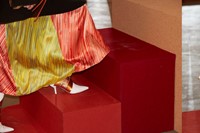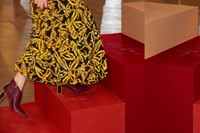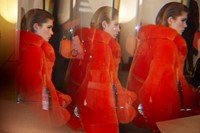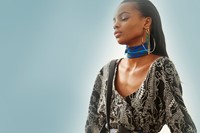New York was awash with colour this season, with jewel tones and acid brights summoned from another era. What era it is, one can’t be sure; there’s nothing nostalgic about the shapes seen on the runway. At Diane Von Furstenberg, Jonathan Saunders is presenting a truly modern vision which marries both a loving glance to Diane and the heritage of the house she built, and his questioning, forward-looking sensibilities. It’s a thrilling combination.
“It’s part of the way I work I guess. It’s not particularly different from any collection that I’ve done in the past, in that the starting point has always been colour.” Saunders is sat in his office at DVF, at an amusing table designed by none other than Ringo Starr. “But I think at the moment, you handle different political or emotional situations in different ways. You can either attack it in a way that feels very optimistic and positive in the face of diversity, or you create something that feels gritty and angry.”
Saunders is definitely choosing the former direction. Amidst New York’s howling wind and snow, the house’s presentation at Sean Kelly Gallery was a hot beacon of colour and light – sort of like one of the discos Diane frequented in her party-going heyday. Saunders’ prints married paper bag brown stripes with sky blue, rambling vines in black and white, and classic leopard looked more like an ocelot, all on bias cut tops and dresses. There was more; paillettes in red and white tumbled down a dress, faux-fur chubbies reminiscent of 70s Saint Laurent came in nuclear orange and blue, and a blue foil skirt peeked out from under a camel coat. Nostalgic this definitely was not; Saunders’ work places him as one of the most exciting designers in New York, and it seems like Diane’s got him inspired.
“It was founded by a person who was quite provocative, expressive, but still practical. It’s a funny dichotomy; this brand is prints and colours and expressing yourself… but then this really pragmatic woman designing clothes that didn’t wear you, you wore the clothes.” He laughs, a throaty Scottish grumble. “Creativity mixed with sensibleness.” Despite their differences in backgrounds, he could be describing himself. No, Saunders isn’t a European princess – but remember, Diane wasn’t born royalty: her true fiefdom was the one she built herself. The American dream is still powerful stuff.

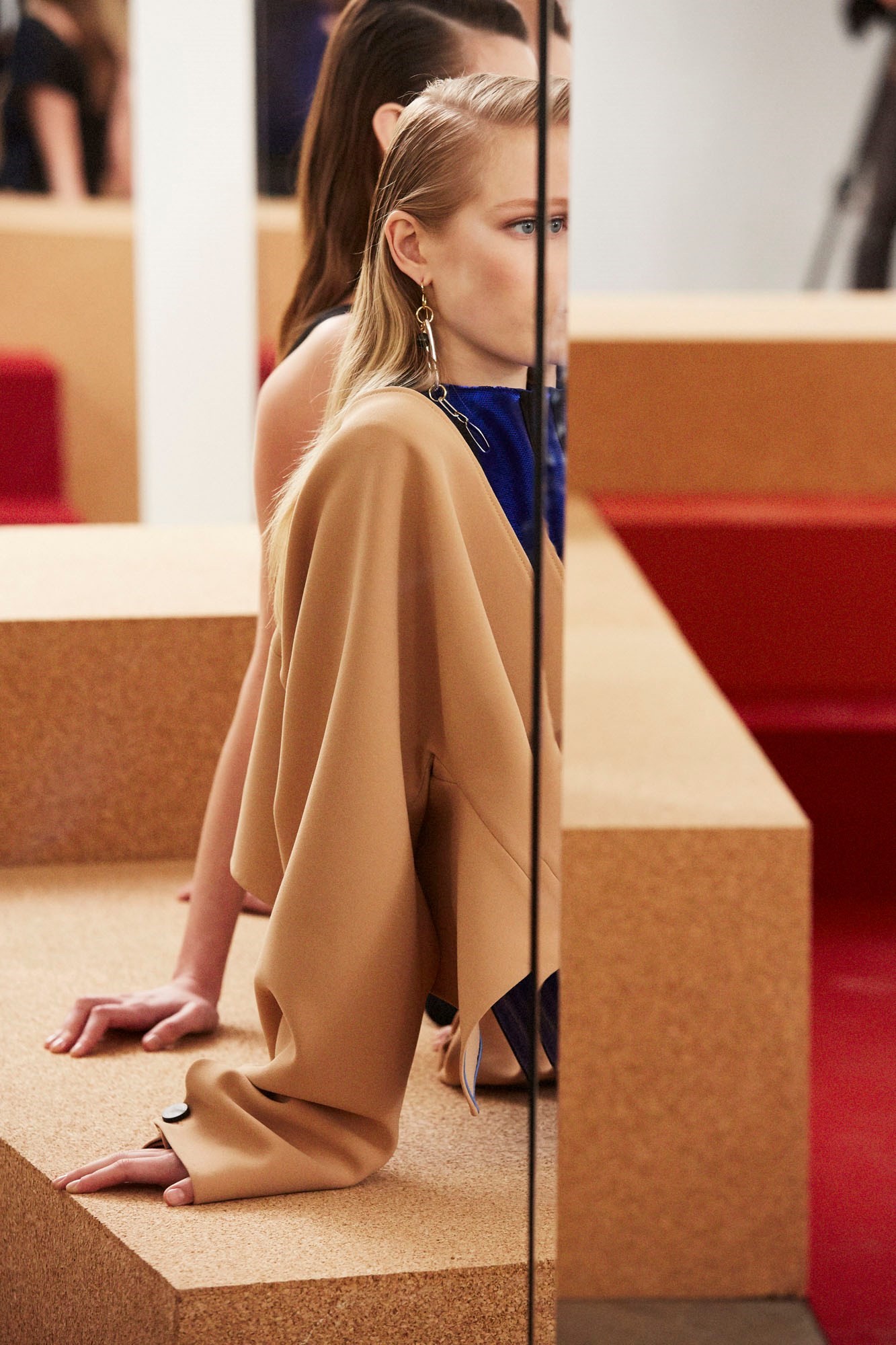
“I got this call from Diane.” Saunders is recounting how he too came to America. “We met at Claridges and I started to talk to her, I’d met her a couple of times in the past, but in a public place.” Behind closed doors however, a rapport flourished. Saunders smiles as he recounts, “I think I stayed there for two or three hours, and by the end of the conversation I was lying on one end of the sofa with my feet up, saying ‘we could do this, we could do that’,” getting more and more animated. The this and that he proposed is what we’re seeing right now. At the presentation, it’s the Sphinx-like model Estella Boersma, in a bias-cut dress of collaged prints and textures, a single earring reminiscent of a Calder mobile dangling from her ear.
“It’s an exciting time as much as it’s a daunting time,” he says, seemingly referring as much to fashion’s current identity crisis as of his joining the brand. “But what I saw here was an opportunity, because it was a designer brand with a designer ethos, a brand people have an emotional connection with, and women want it to succeed. They want an emotional connection with it.” What inspired him, as much as the image, were the workings of the company itself. “I looked into it a bit more, and the infrastructure and the way they produce clothes here, the facilities and the possibilities were fantastic. And the expertise in product.” He’s turning that expertise to making his designs, well, designer, but also at a semi-affordable price.
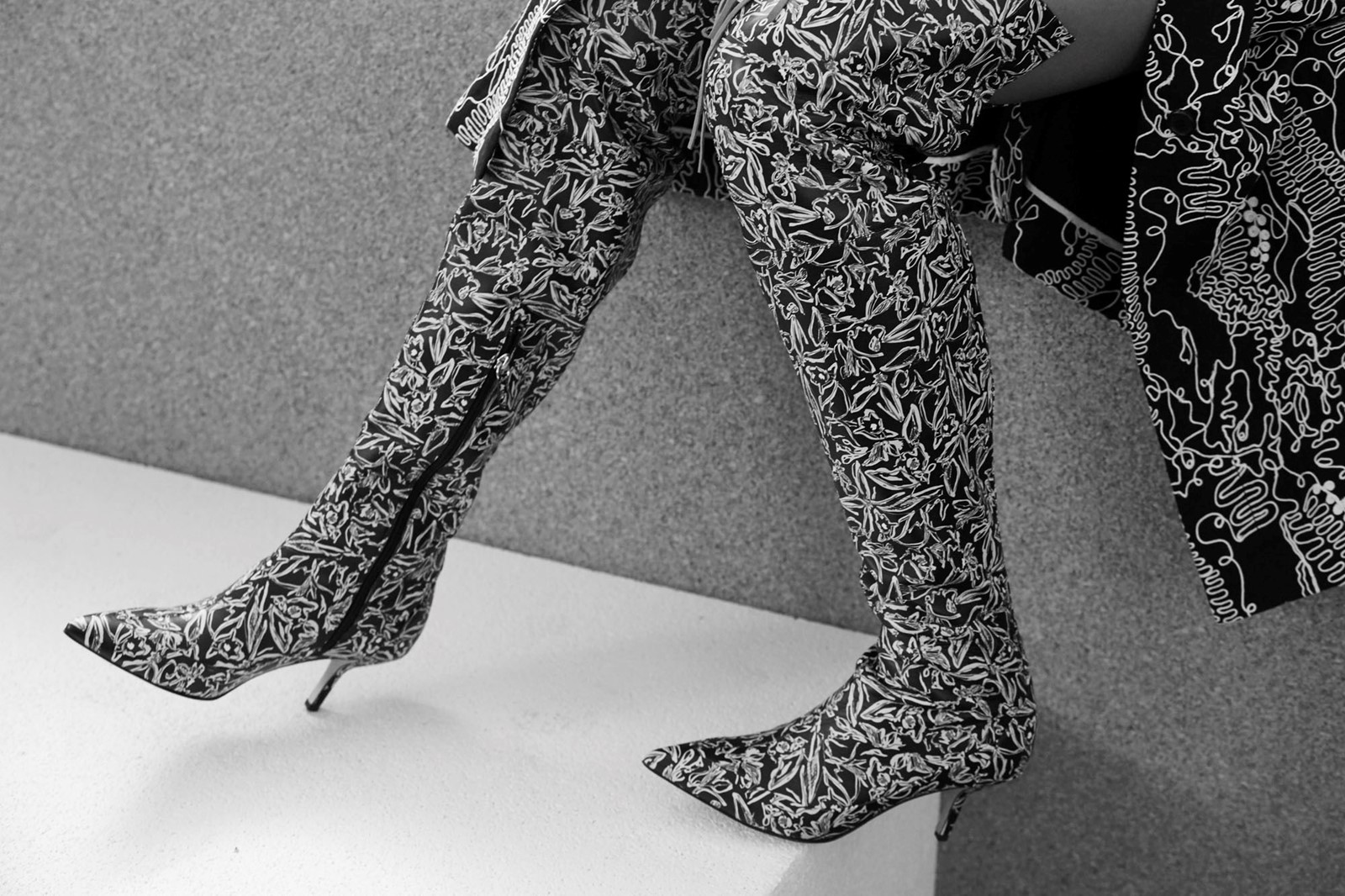
Saunders – both the man and his work – have always had a deep and intense connection to women: what they want to wear, who they want to be. Diane had the same thing. As he settles into his new home, both the city and the brand, one knows that his designs will only be more obsessed over. “All of us are influenced by New York, by that period in the 70s… when you take a brand on, and you look at how to take it into the future, the most sensible thing is to look to the beginning, and how and why it became what it did,” he says of how he started to reconceptualise the DVF woman. Really though, it goes back to one woman in particular. “What I found was, okay, I met this woman, she had this lifestyle, she loved prints and colour. She did whatever the fuck she wanted and was a strong, powerful individual who didn’t care what people thought of her.” Prints, colour, and not giving a fuck? Sounds like Saunders himself. It’s the perfect fit.
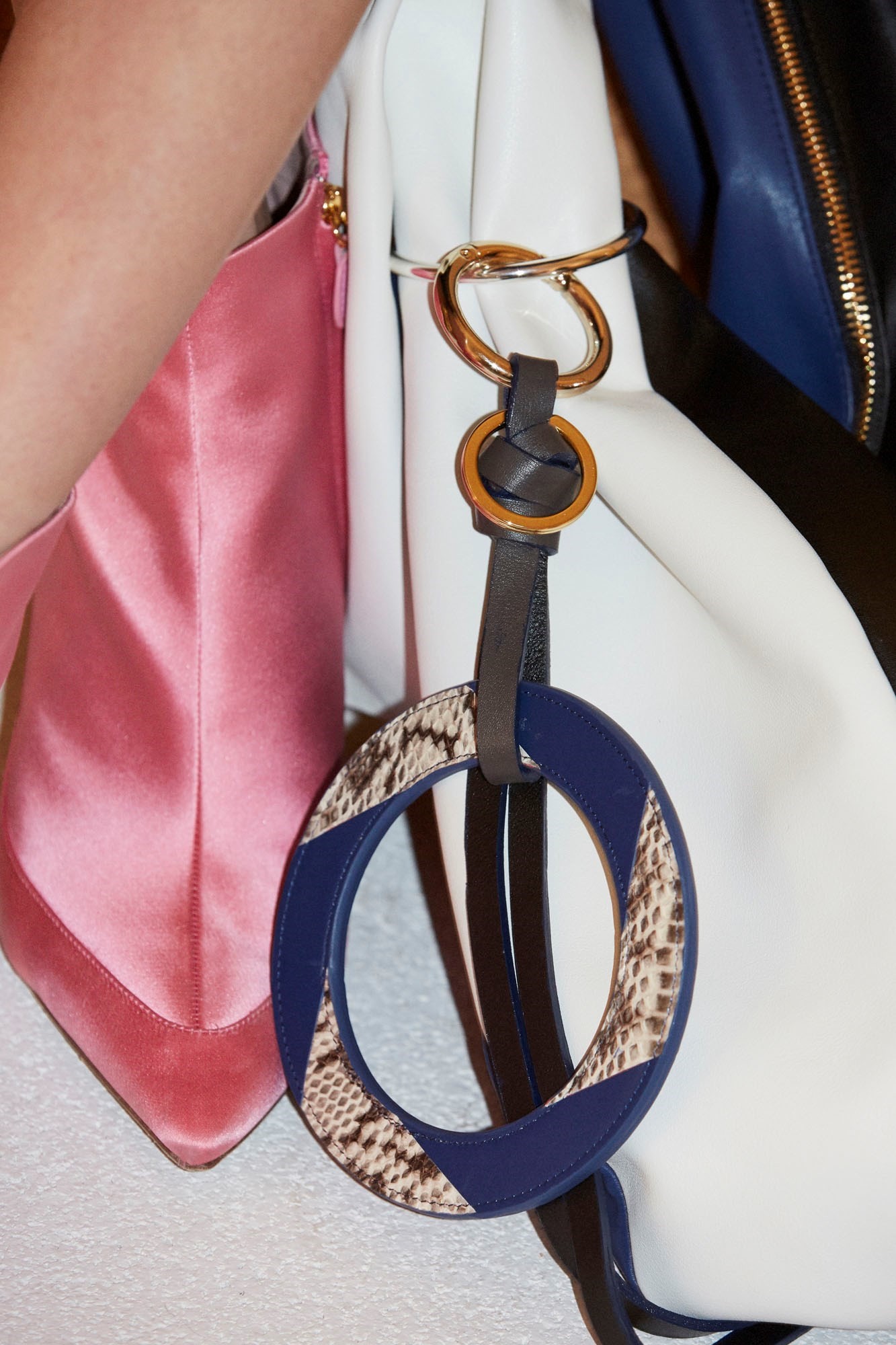
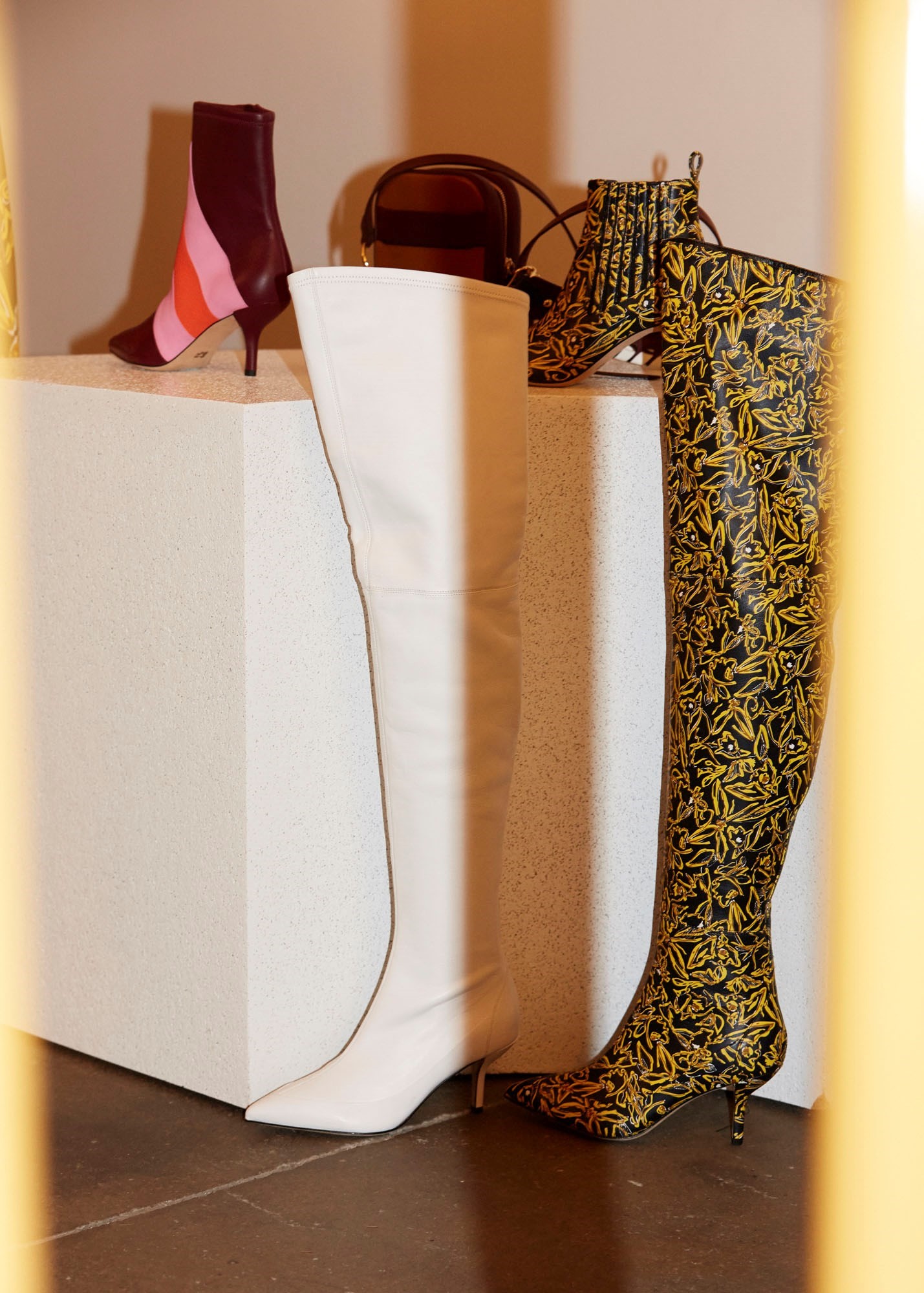
For our A/W17 fashion week coverage, anothermag.com is collaborating with Gasoline, a photography collective working with visual artists around the world. Here, New York-based photographer Annie Powers presents a look behind-the-scenes at Diane Von Furstenberg.

